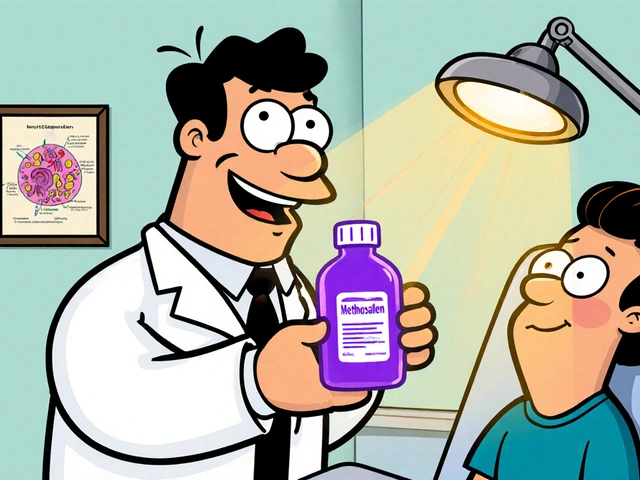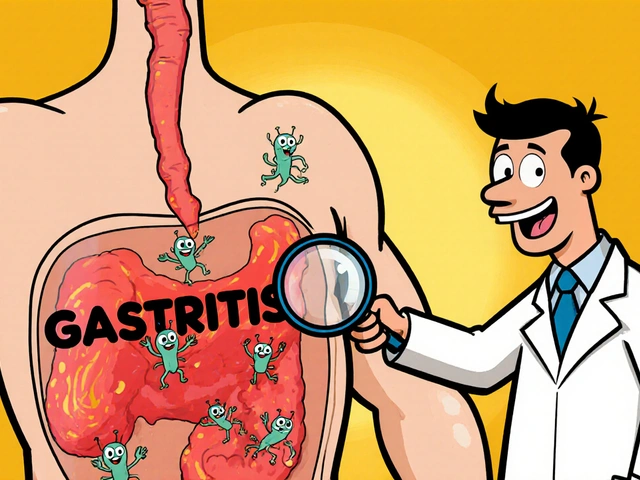Calcium Intake: The Core of Strong Bones and Healthy Living
When talking about Calcium Intake, the amount of calcium you get from food, water and supplements each day, most people think only about dairy. Calcium intake is actually the cornerstone of bone remodeling, muscle function, and nerve signaling. It also drives how well your heart beats and blood vessels relax. In plain terms, without enough calcium your skeleton weakens, muscles cramp, and your body struggles to keep a steady rhythm. This simple fact connects directly to three big players: Vitamin D, a fat‑soluble vitamin that boosts calcium absorption in the gut, Bone Health, the overall strength and density of the skeletal system, and Osteoporosis, a condition where bones become porous and fracture‑prone. Understanding how these entities interact helps you decide what to eat, whether you need a supplement, and how to prevent disorders like rickets or osteoporosis.
Key Factors Shaping Your Calcium Needs
First, age matters. Kids and teenagers grow fast, so they need about 1,300 mg per day, while adults usually settle around 1,000 mg. Seniors often require a bit more because their gut gets less efficient at pulling calcium out of food. Second, lifestyle plays a role. People who exercise regularly, especially weight‑bearing activities, stimulate bone formation and therefore benefit from higher calcium levels. Third, medical conditions such as chronic kidney disease or certain gastrointestinal disorders can impair calcium balance, making monitoring essential.
Diet is the most direct lever you control. Dairy products like milk, cheese, and yogurt are rich sources, but fortified plant milks, leafy greens (kale, bok choy), and fish with soft bones (sardines, salmon) also pack a punch. If you’re vegan or lactose‑intolerant, combining vitamin D‑rich foods or a modest supplement ensures you still hit your target. Speaking of supplements, not all calcium pills are equal. Calcium carbonate contains about 40% elemental calcium and works best with meals, while calcium citrate offers 21% elemental calcium and is easier on the stomach, making it suitable for people with low stomach acid.
Finally, remember that calcium doesn’t act in isolation. High sodium intake can increase calcium loss through urine, and excessive caffeine may blunt absorption. Balancing electrolytes, maintaining adequate protein, and staying hydrated all support the calcium‑bone‑vitamin D triangle. When this balance slips, you may see early signs of rickets in children—soft, weak bones and delayed growth—or osteoporotic fractures in older adults. Both conditions underscore why tracking calcium intake isn’t just a nutritional checkbox; it’s a preventive health strategy.
Below you’ll find a curated collection of articles that dive deeper into calcium‑rich foods, supplement choices, the science behind vitamin D synergy, and how specific disorders like rickets and osteoporosis relate to calcium intake. These reads will give you actionable insights to fine‑tune your daily routine and protect your skeleton for the long run.





